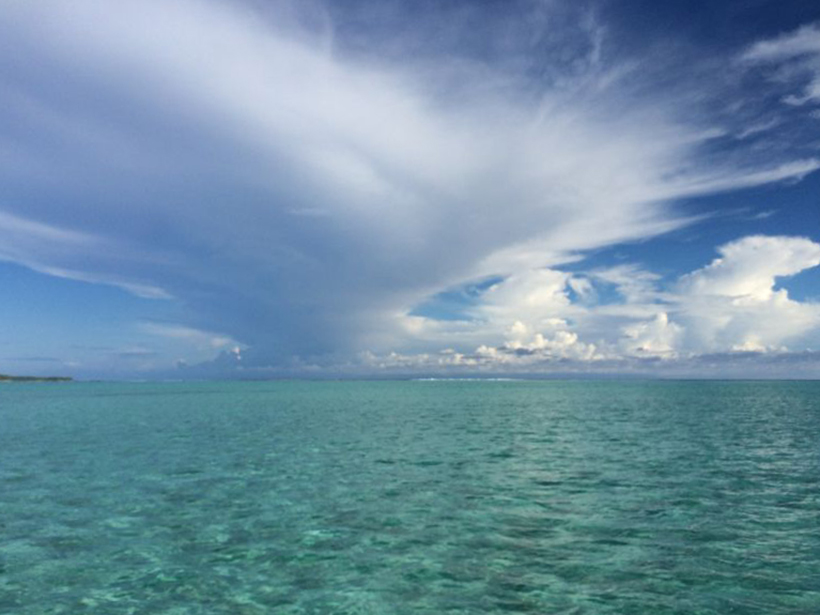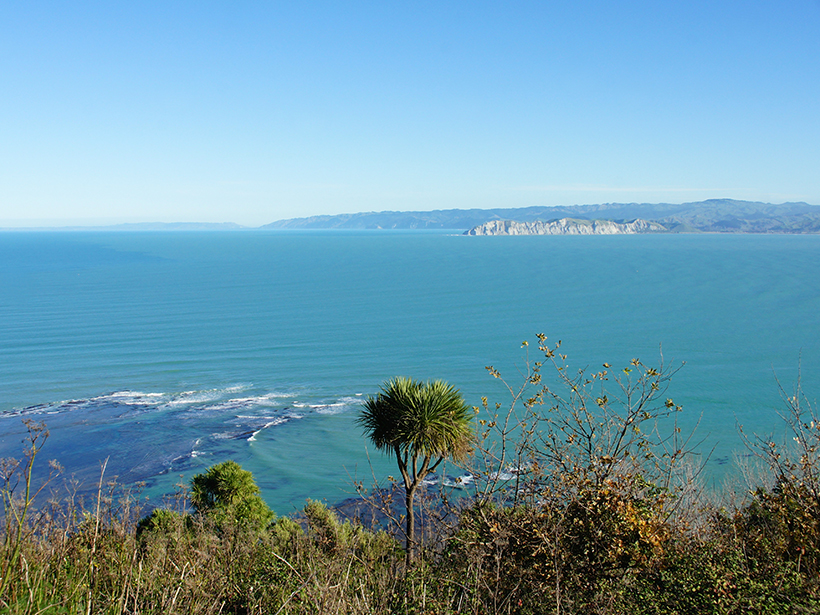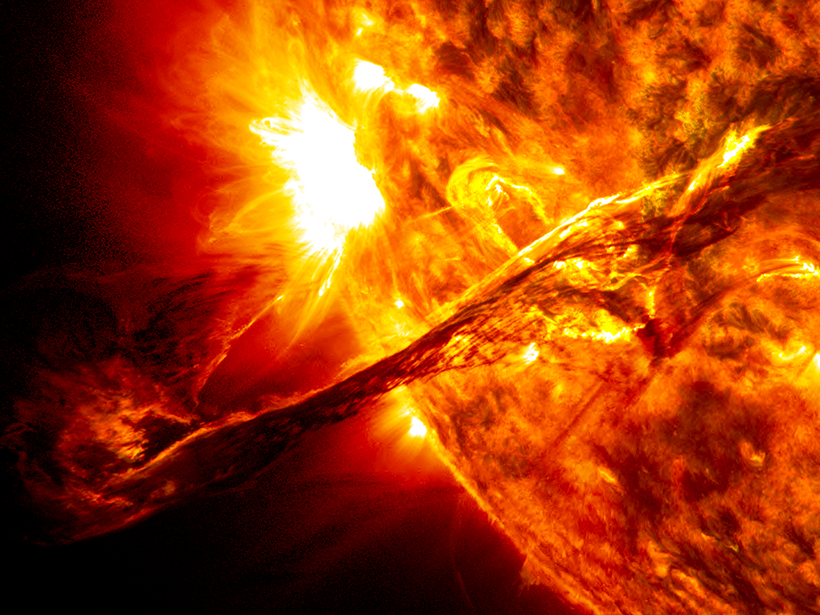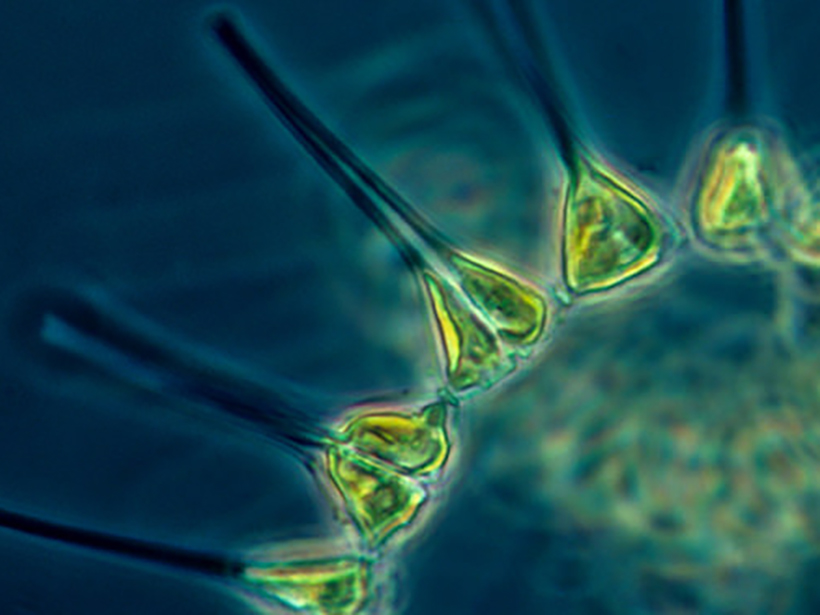Researchers study how oceans respire carbon, reexamining a critical part of the global carbon cycle.
S. Witman
Tracing Water’s Path Through the Santa Clara Valley Aquifer
In an increasingly drought prone climate, scientists study the impacts of drought on aquifer systems.
Run-Ups of Unusual Size
Not all waves are created equal when it comes to eroding sandy shorelines. Here’s a look at the physics that drives the big ones.
Seafloor Activity Sheds Light on Plate Tectonics
Scientists in Japan study stress released by oceanic earthquakes in newborn sections of seafloor.
Imaging the Underlying Mechanics of New Zealand Earthquakes
Researchers create a first-of-its-kind image to map electrical properties of rocks and minerals throughout the Hikurangi subduction zone.
How Do Clouds React to Regional Warming?
Researchers illuminate how and why cloud feedbacks depend on spatial patterns of global warming.
The River Basin’s Tale: Carbon Transport Along the Thames
A study finds that population growth during urbanization and World War II–era plowing fed additional carbon into the Thames River Basin.
NASA Fleet Helps Predict Space Weather
Using 8 years of data collected via spacecraft, scientists produce hindcasts of plasma eruptions from the Sun. These will help improve forecasts.
World’s Biggest Oxygen Producers Living in Swirling Ocean Waters
Oceanographers probe the impact of deep swirling vortices on phytoplankton.
Revising an Innovative Way to Study Cascadia Megaquakes
Researchers probe natural environments near subduction zones to decrypt underlying mechanisms of major earthquakes.










